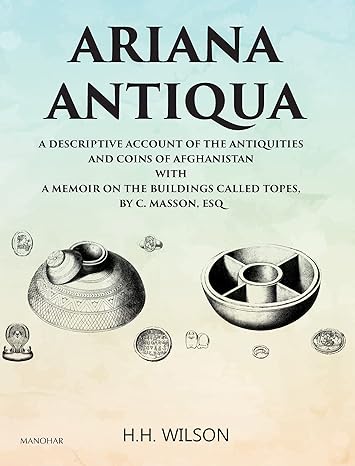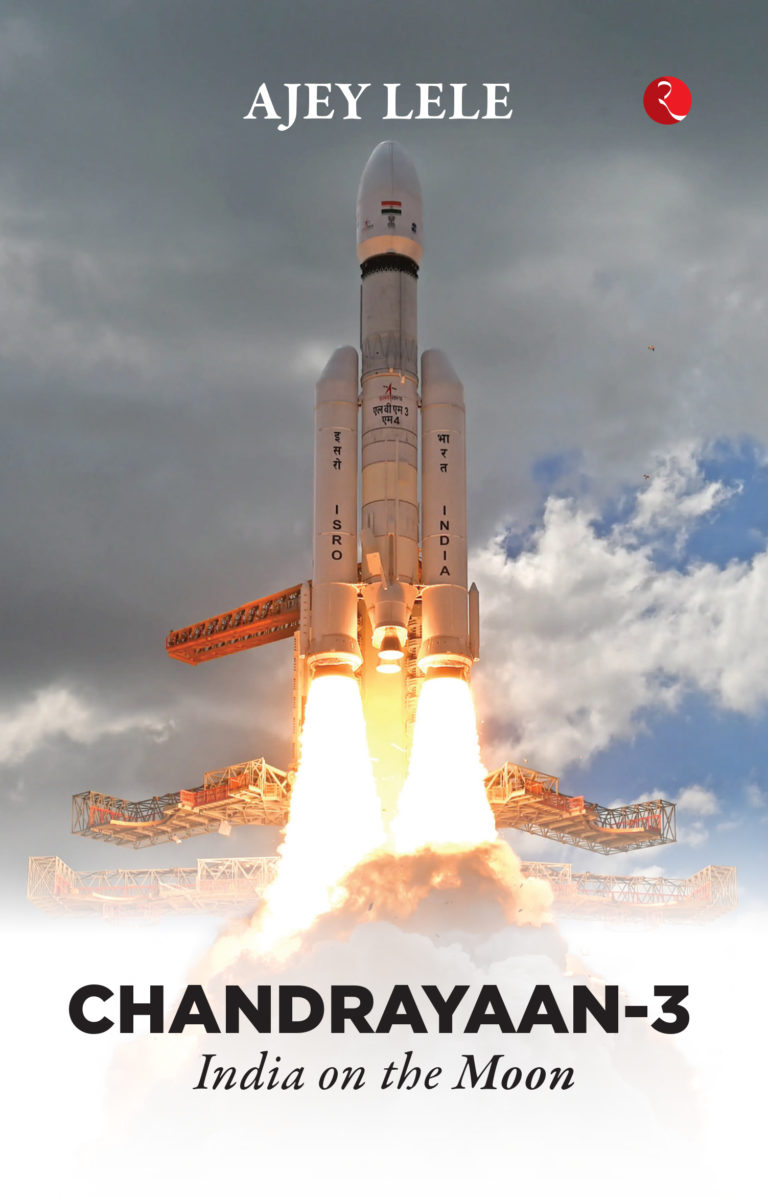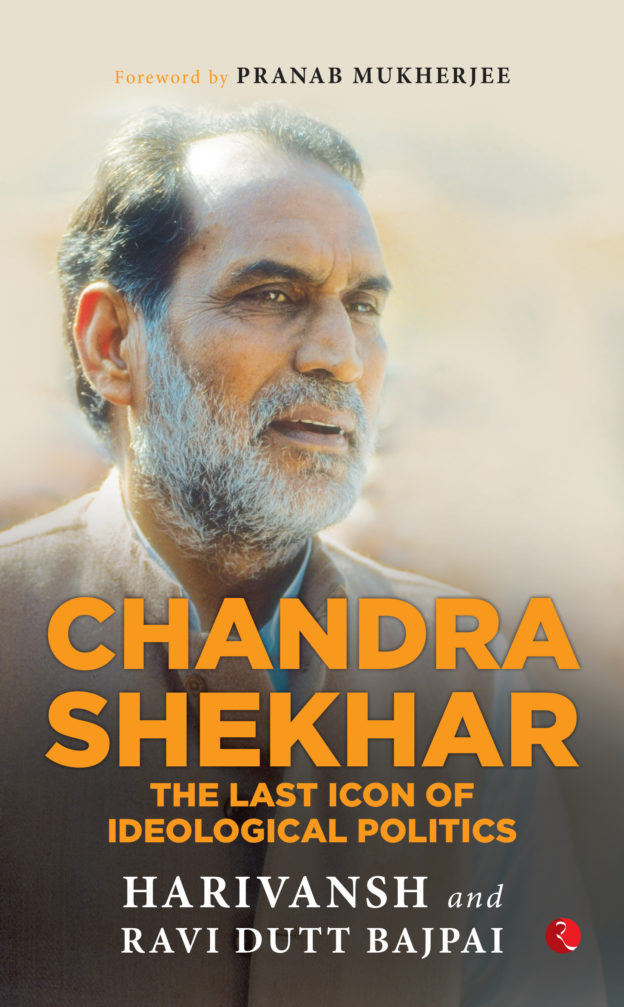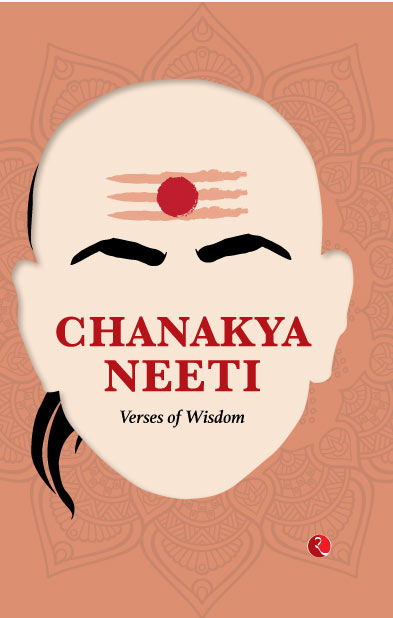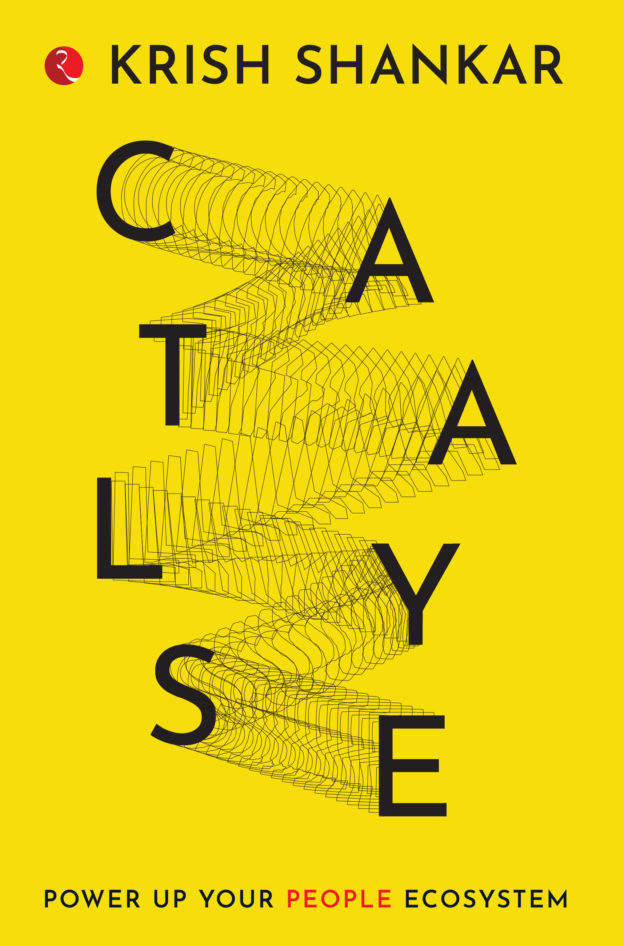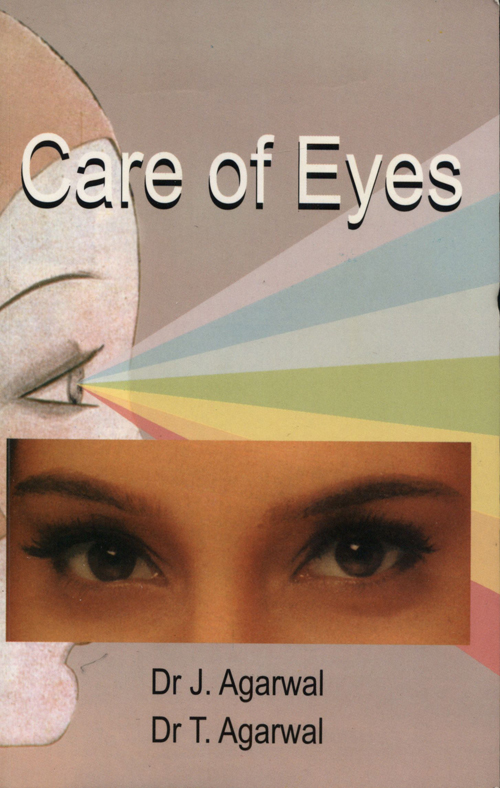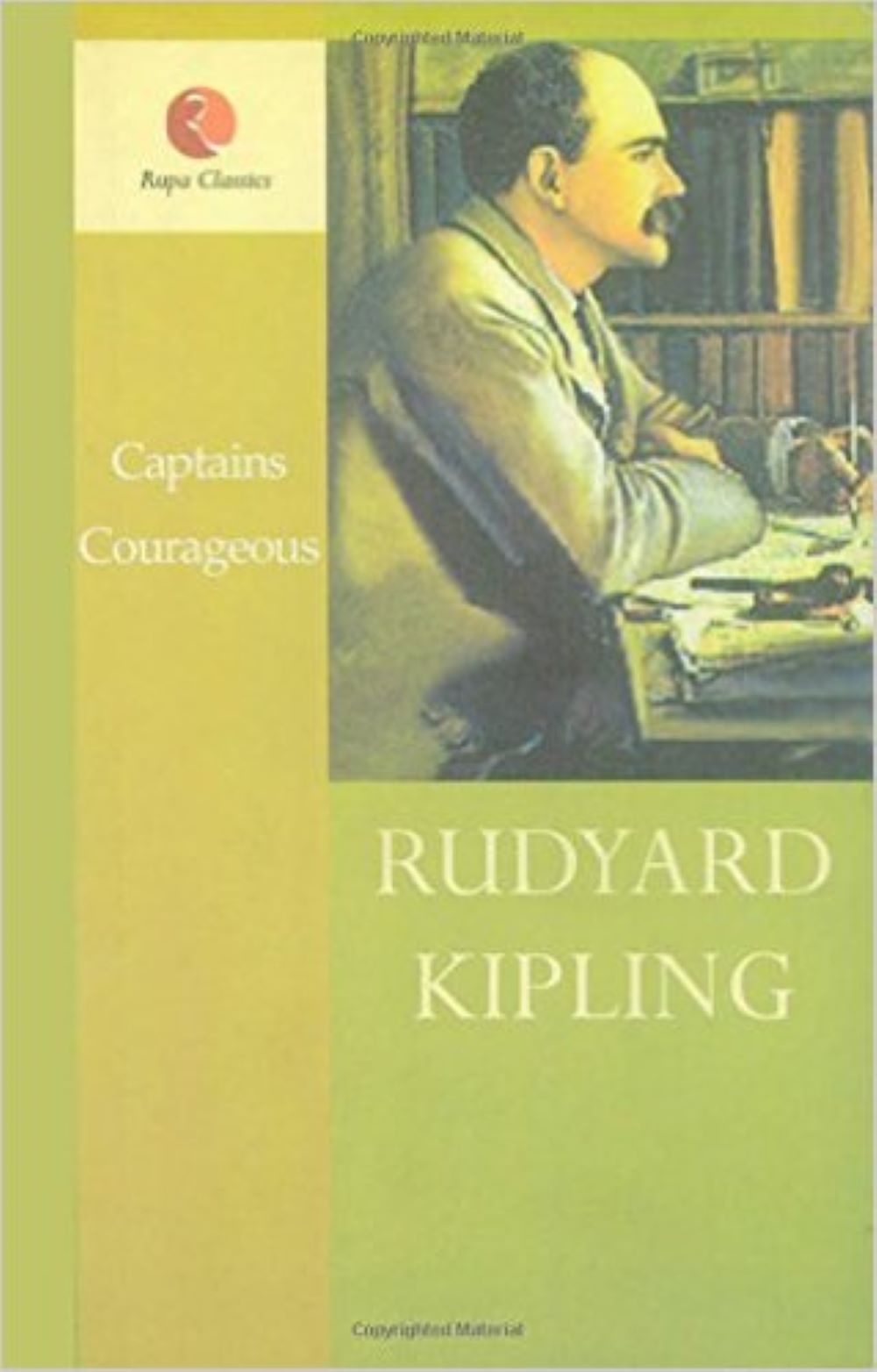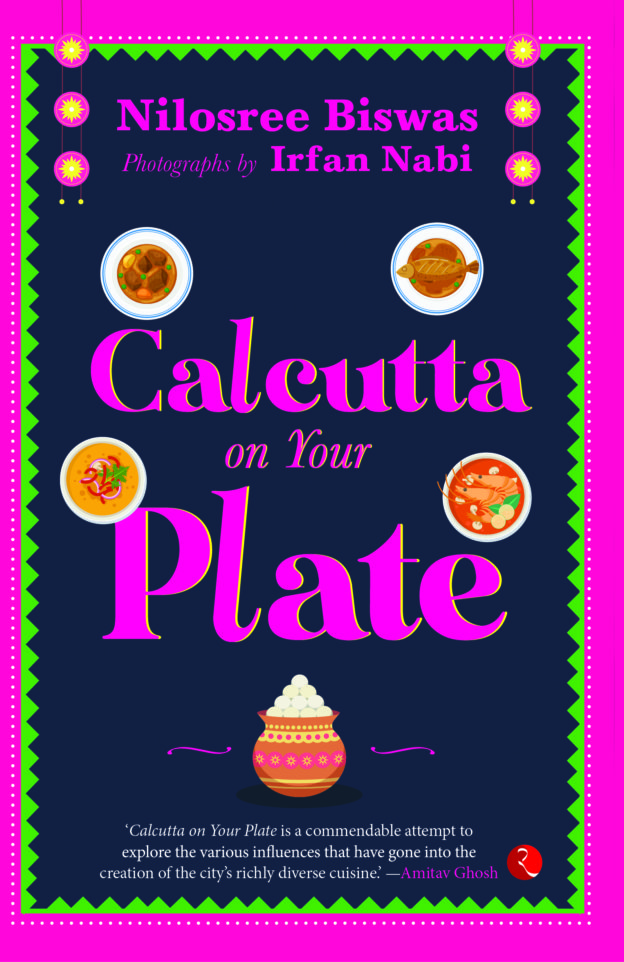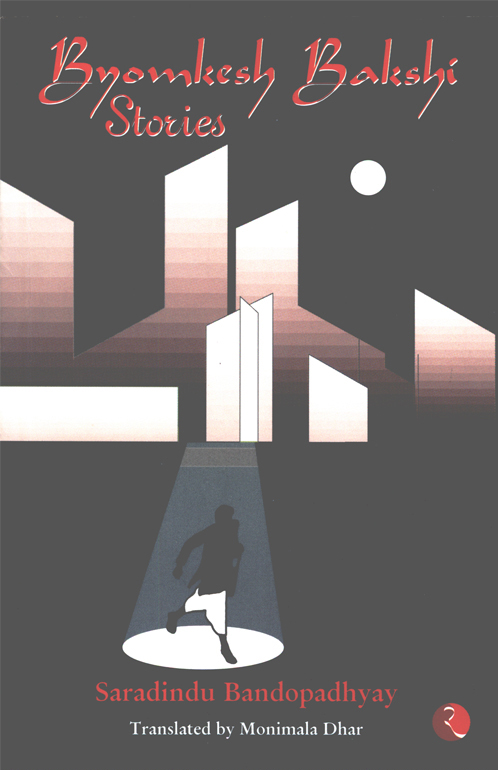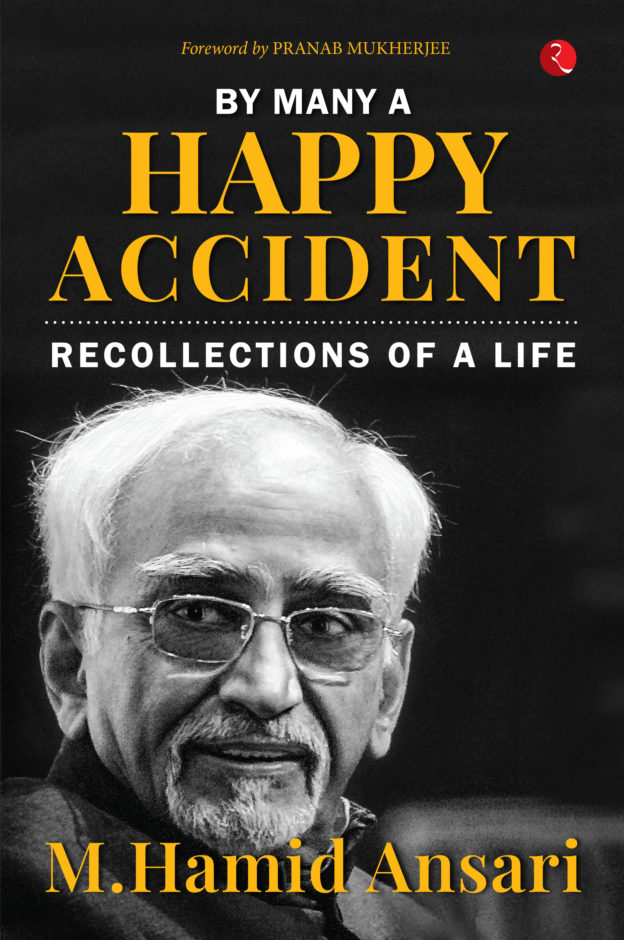Ariana Antiqua: A Descriptive Account of the Antiquities and Coins of Afghanistan with a Memoir on the Buildings Called Topes by C. Masson, Esq
Availability :
In Stock
₹ 1,580.40
M.R.P.:₹ 2195
You
Save: ₹614.60 (28.00% OFF)
(Inclusive
of all taxes)
Delivery:
₹ 200.00 Delivery charge
Author:
H.H. Wilson
Publisher:
Manohar Publishers
ISBN-13:
9789391928322
Publishing Year:
2023
No. of Pages:
452
Weight:
1 kg
Language:
English
Book Binding:
Hardcover

